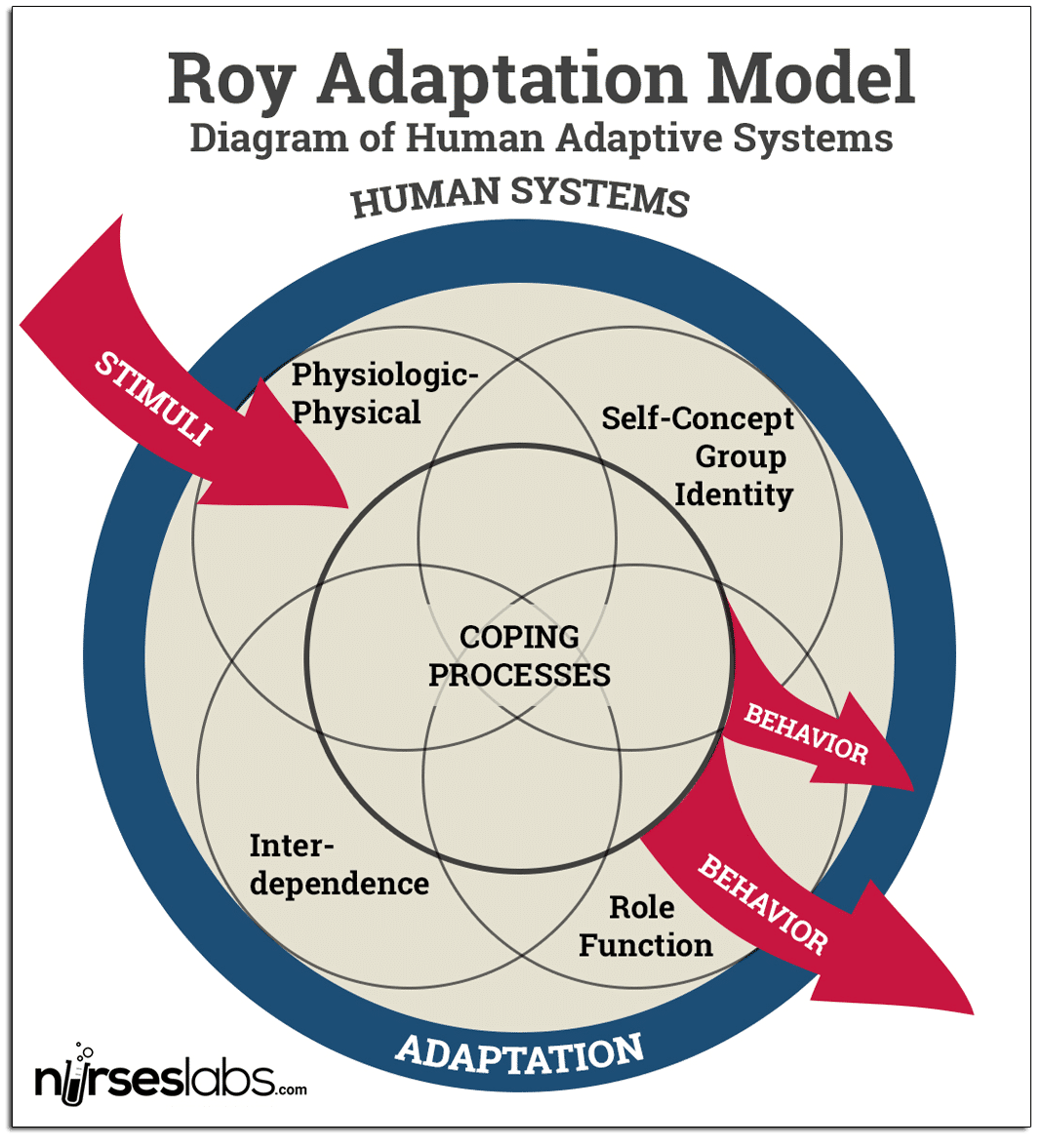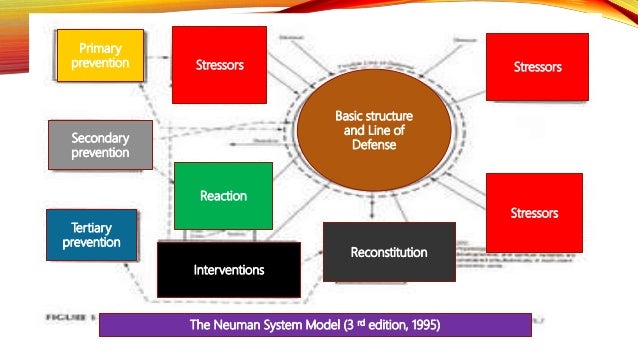Answer the five questions
Business strategy comes in many shapes and forms. While the objective of this class is to understand the components that create an effective and sustainable strategy we must first begin with a discussion on what exactly business strategy is. Michael Porter could be considered a visionary of strategic management. As a Business Professor at Harvard University he has spent much of his career researching and writing about strategy. One of his first papers was the attached article in which he discusses what strategy is, as well as what it is not. We will use this paper as a foundation for this class. Read the paper and respond to the questions listed below.
Guidelines: Use proper MLA criteria for research and formatting (see link on ulearn). Type the question (bold type) and then type your response below the question.
- What is the difference between operational effectiveness and strategic positioning?
- Why is it difficult for organizations to succeed when they are capable in operational effectiveness but do not have a strategic position in their industry?
- What are the competitive strategies of Southwest Airlines and Ikea?
- Why was Continental airlines not able to copy Southwest airlines strategy? What were the ramifications when they tried?
- Why do companies fail to have a strategy?

 Task 8 Developing, Marketing, Launching, and Managing International Production
Task 8 Developing, Marketing, Launching, and Managing International Production





